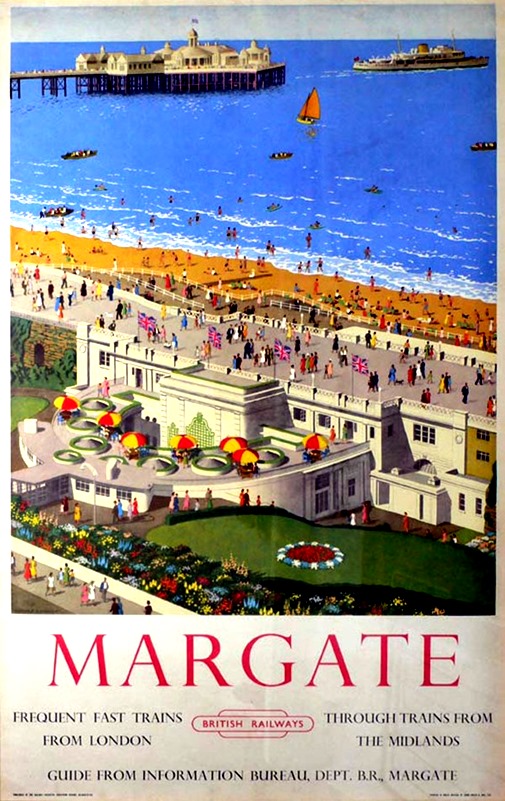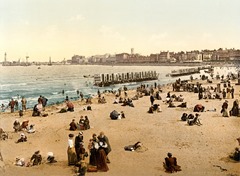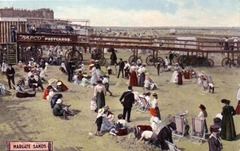![img_04 img_04]()
Unit construction wasn’t a new idea in 1941, but it was unheard of in the low-price field. Nash wanted a bigger share of that market, and its all-new unibody 600 series managed that formidable task rather well.
![1941-Nash-Ad-03 1941-Nash-Ad-03]()
The 600 arrived to replace the LaFayette, which had seen dwindling sales since its status had changed from separate "companion" make to ‘the bottom-of-the-line Nash series for 1937. Time magazine called the 600 "the only completely new car in 1941." As the first high-volume model with a modern welded unit structure, it was. It was also the most popular unit car to date, and gave Nash a powerful shot in the sales arm.
![img_03 img_03]()
Stylish yet tough, the 600 was engineered mainly for economy. The model designation derived from its purported 30-mpg fuel economy, which meant 600 miles between fillups of its 20-gallon tank. Such frugality was indeed possible under ideal highway cruising conditions, though Interstates were still decades into the future. Initial ads were more modestand honest-in claiming "over 500 miles to the tankful." To reinforce the economy theme, Nash dubbed the 600′s engine "Flying Scot." This was a brand-new L-head six with the typically undersquare bore/stroke dimensions of the day (3.13 x 3.75 inches) and a not-so-typical feature, manifolds cast into the block. On lowly 6.7:1 compression, it produced 75 horsepower from its 172.6 cubic inches. With its "frame and body welded into one twist-proof, rattle-proof unit," as the ads boasted, the 600 was comparatively light for its size, weighing in about 400-500 pounds under an equivalent body-on-frame model. Performance was thus adequate, though hardly startling.
![1941-Nash-Ad-01 1941-Nash-Ad-01]()
![1941-Nash-Ad-02 1941-Nash-Ad-02]()
Visually, the 600 was much like its big brothers, the Ambassador Six and Eight. Proportions were scaled down to a 112-inch wheelbase, nine inches shorter than the senior models’, and overall length measured 194 inches. Nash continued with its Ford-like front prow for ’41. This year’s ensemble had the nose surmounting a fullwidth lower grille composed of thin horizontal bars, with two upper segments on either side looking for all the world like electric shaver heads. Though it was shorter between wheel centers, the 600 shared the same newly designed bodyshell adopted across the board this year, so there was plenty of room inside for six adults, who sat in chair-height comfort on seats nearly five feet wide. Also enhancing ride were "gentle" coil springs all-round, another first for the low-price class.
![1941-Nash-Ad-04 1941-Nash-Ad-04]()
The 600 was not only the first unibody car in the low-price field but one of the least expensive cars in its class. Model offerings comprised business coupe and two- and fourdoor sedans in base Special trim, with pricier DeLuxe versions of these styles along with two "trunkback" sedans. The Special four-door fastback ![img_01 img_01]() went for $805, less than a comparable Ford V-8 DeLuxe, while the Special business coupe cost a mere $730. DeLuxe prices ranged from $772 to $880. Convertibles, alas, were offered only to Ambassador buyers.
went for $805, less than a comparable Ford V-8 DeLuxe, while the Special business coupe cost a mere $730. DeLuxe prices ranged from $772 to $880. Convertibles, alas, were offered only to Ambassador buyers.
Available 600 options included overdrive, then known as "automatic cruising gear" or "fourth speed forward," and two-tone paint with "harmonizing" interiors. Also on the list were the pioneering "Weather Eye" heating/ventilation system, a Nash innovation since 1938, and a rear seat that could be converted into a makeshift travel bed in a claimed 60 seconds.
![img_02 img_02]() Nash had a good 1941 sales year, and the 600 was a big part of it. Model year output was 84,007 units, a gain of some 18,000 from 1940. Of the estimated 80,000 units for calendar ’41, well over half were 600s. Nash had the good sense to leave well enough alone for ’42, though the 600 came in for the same major front-end restyle applied to its costlier linemates. Production fell to only 31,780 units in this abbreviated model year. The same basic cars would be back after World War II for a threeyear reprise.
Nash had a good 1941 sales year, and the 600 was a big part of it. Model year output was 84,007 units, a gain of some 18,000 from 1940. Of the estimated 80,000 units for calendar ’41, well over half were 600s. Nash had the good sense to leave well enough alone for ’42, though the 600 came in for the same major front-end restyle applied to its costlier linemates. Production fell to only 31,780 units in this abbreviated model year. The same basic cars would be back after World War II for a threeyear reprise.
The 600 helped a lot of people on the home front get through the war. After all, 25 mpg meant a lot when "A" ration coupons limited purchases to four gallons or less a week. The miserly 600 engine would continue in various guises well into the Sixties.
Filed under:
Article,
Automobiles,
The forties,
Transportation,
Traveling Tagged:
1941,
Classic American cars,
Nash 600 ![]()
![]()























 dangereuses
dangereuses











































